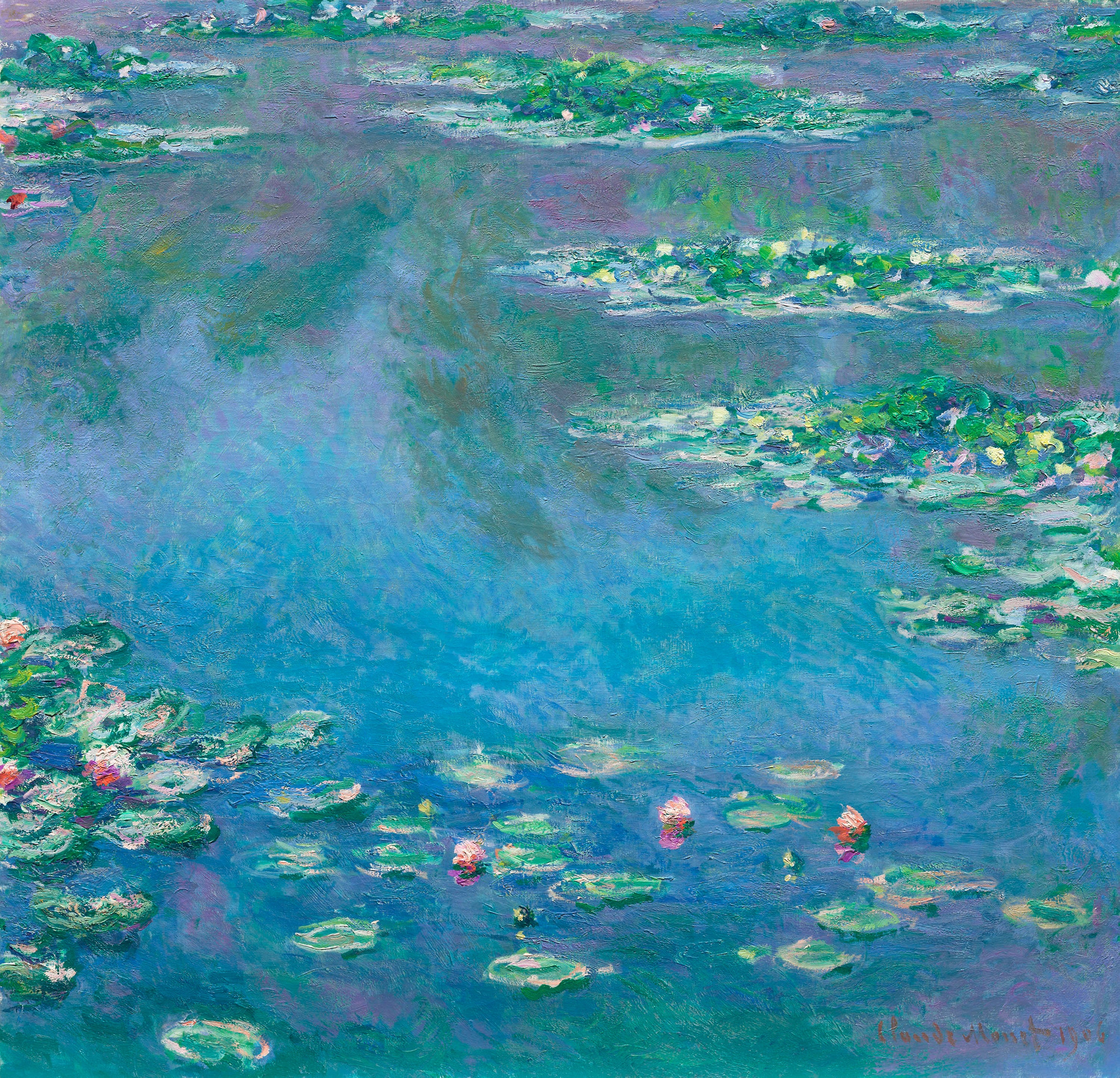Monet’s Water Lilies: Story, Symbolism & Reproduction Guide
Claude Monet’s Water Lilies are among the most celebrated works in art history. Painted over the last three decades of his life, these serene yet powerful canvases are not just depictions of a garden pond—they are immersive experiences that changed the way the world views art.
From Parisian galleries to New York museums, Monet’s Water Lilies have become timeless symbols of peace, reflection, and natural beauty. For collectors and art lovers, owning a hand-painted reproduction of Water Lilies means capturing a piece of Impressionist magic.
This article will explore the history of the series, Monet’s symbolic use of water and light, its impact on modern art, and how you can own a museum-quality reproduction to bring tranquility into your home.
The Story Behind Monet’s Water Lilies
Inspiration from Giverny
In 1883, Claude Monet moved to Giverny, a small village in Normandy, France. There he cultivated his famous Japanese-style garden with a pond, water lilies, and a wooden bridge. This garden became his lifelong muse.
By 1899, Monet began painting the water lily pond. He continued to revisit it for more than 30 years, producing over 250 paintings dedicated to its ever-changing reflections.
A Lifelong Obsession
-
Early Works (1899–1900): Featured the Japanese bridge spanning the pond.
-
Middle Period (1905–1915): Focused solely on the pond surface, removing all horizon lines.
-
Late Works (1915–1926): Immersive, nearly abstract compositions spanning entire walls.
For Monet, the Water Lilies were not simply flowers—they were a meditation on time, reflection, and perception itself.
The Symbolism of Water & Light
Monet once said: “I have finally discovered the true subject of my art—it is light and color.”
Reflections as Reality
In the Water Lilies, the pond is more than water—it reflects the sky, trees, and shifting atmosphere, blurring the line between earth and sky.
Infinite Perspectives
Without a horizon, viewers are drawn into the surface of the pond, experiencing both depth and flatness at once.
Serenity & Spirituality
The quiet stillness of the pond has been interpreted as a spiritual retreat, painted by Monet as he battled illness and declining eyesight.
Famous Water Lilies Paintings
The Water Lily Pond (1899) – National Gallery, London
Features Monet’s Japanese bridge, framed by lush greenery and soft blooms.
Water Lilies (1906) – Musée d’Orsay, Paris
One of the early “surface-only” works, emphasizing reflection over structure.
Water Lilies, Morning (1915–1926) – Musée de l’Orangerie, Paris
These massive panels, installed in oval rooms, immerse viewers in an endless horizon of water and light.
Water Lilies (1919) – Metropolitan Museum of Art, New York
Painted during Monet’s later years, reflecting both fragility and transcendence.
Why Water Lilies Transformed Modern Art
Monet’s Water Lilies were revolutionary because:
-
They removed traditional perspective, creating immersive environments.
-
Their brushwork foreshadowed abstraction, influencing artists like Jackson Pollock and Mark Rothko.
-
They captured fleeting impressions of light and atmosphere, central to Impressionist philosophy.
Today, the Water Lilies are celebrated as precursors to modern installation art and abstract painting.
Owning a Water Lilies Reproduction
Why Choose Hand-Painted Over Prints?
-
Texture: Reproductions recreate Monet’s layered brushwork.
-
Depth: Subtle transitions of blue, green, and violet are preserved.
-
Atmosphere: Oil reproductions capture the luminosity prints cannot.
Styling Ideas for Interiors
-
Living Room: A large panel reproduction becomes a calming centerpiece.
-
Bedroom: Pastel-toned versions promote relaxation.
-
Office/Study: Creates a meditative space for focus and creativity.
Why Monet’s Water Lilies Remain Popular
-
Universal Appeal: Flowers and water transcend cultural boundaries.
-
Timelessness: Over 100 years old, yet modern in feel.
-
Tranquility: Their soothing effect makes them perfect for interior décor.
Collectors and decorators continue to favor Water Lilies because they balance elegance with emotional depth.
Why Blue Surf Art?
At Blue Surf Art, we pride ourselves on creating museum-quality Monet reproductions. Each piece is hand-painted on premium canvas using oil paints, ensuring authenticity in both color and texture.
We offer:
-
Custom sizes to fit your walls perfectly
-
Rolled or stretched canvas options
-
Worldwide shipping, safely packaged
Our artists carefully study Monet’s palette and techniques to honor his vision.
FAQs About Monet’s Water Lilies
Q: How many Water Lilies paintings did Monet create?
A: Over 250, painted between 1899 and 1926.
Q: Where can I see them today?
A: Major collections include the Musée de l’Orangerie (Paris), Metropolitan Museum (New York), and National Gallery (London).
Q: Why did Monet paint them so often?
A: The pond became a lifelong meditation on light, reflection, and time.
Q: Can I legally buy a reproduction?
A: Yes. Monet’s works are public domain, making reproductions widely available.
Final Thoughts
Monet’s Water Lilies are more than Impressionist paintings—they are living experiences of light, color, and peace. By owning a reproduction, you can bring that tranquility into your own home and live surrounded by the beauty Monet spent a lifetime capturing.
✨ Explore our Claude Monet' Water Lilies Reproductions Collection and bring the timeless serenity of Water Lilies into your life.

Share:
Van Gogh’s Sunflowers: Meaning, Story & Reproduction Guide
Expressionism in Art: Munch, Kandinsky & the Power of Emotion